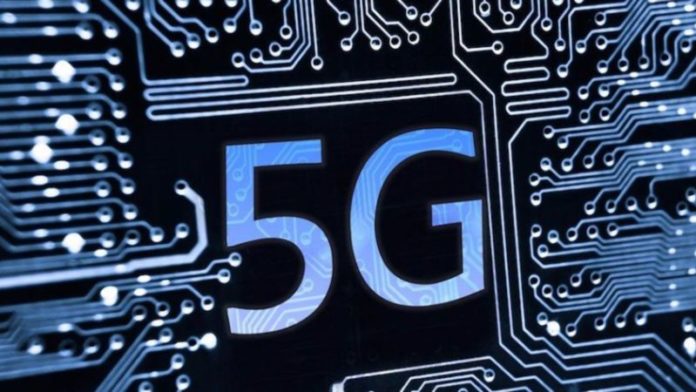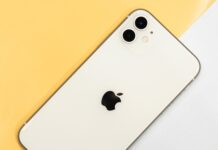The internet could be poised for another great leap forward with the introduction of 5G, and this leap might have a big impact on the way people learn.
5G is the term that has been chosen to refer to the next generation of mobile internet technology. 2G came about in 1991 with mobile texting, 3G gave us mobile internet access in 1998, and 4G debuted in 2008 with the rise of streaming video on the go. 5G is more nebulous at this point, with experts looking to dozens of emerging technologies as potential markers of the arrival of 5G.
Overall, this new generation will be about the ability to transmit more data at faster speeds, decreasing the lag that has held up the development of certain pieces of technology. Researchers are showing how the speed of 5G could allow for revolutionary developments in the field of exoskeleton transmission.
People are used to dealing with their computer in a very hands-off fashion. Traditionally people have looked to a screen and some speakers for feedback while using their computer. This setup works fine in most cases, but it doesn’t offer the sort of tactile feeling that really helps develop certain skills.
This is why researchers have created an exoskeleton that can be fitted around fingers and arms to directly transmit physical motion to a human body to allow them to learn muscle memory in a way that they can’t through other forms of education.
Researchers all calling this the “Internet of Skills,” a term that plays off the “Internet of Things” idea that refers to the connections between machines and devices with the ability to connect their onboard computers to the wider world. They’re looking to connect skilled experts with those that are looking to learn. Teaching could take place in real time or movements can be saved so that a single teaching session can educate thousands of learners.
Today we’re used to downloading music files, but what if you could download a file that would show you how to play music? That’s the idea here. A skilled pianist would play a song while wearing the feedback glove, the glove would record the movements, and then a student could put the gloves on and play back the performance.
It’s like having an invisible person guiding your fingers and helping you to play a tune you could never manage with your naked hands.
They say you can’t learn from reading or watching, you can only really learn by doing. This new technology blurs the lines between watching and doing. It will be interesting to see how this technology changes the way that people take in new information and develop new skills.




